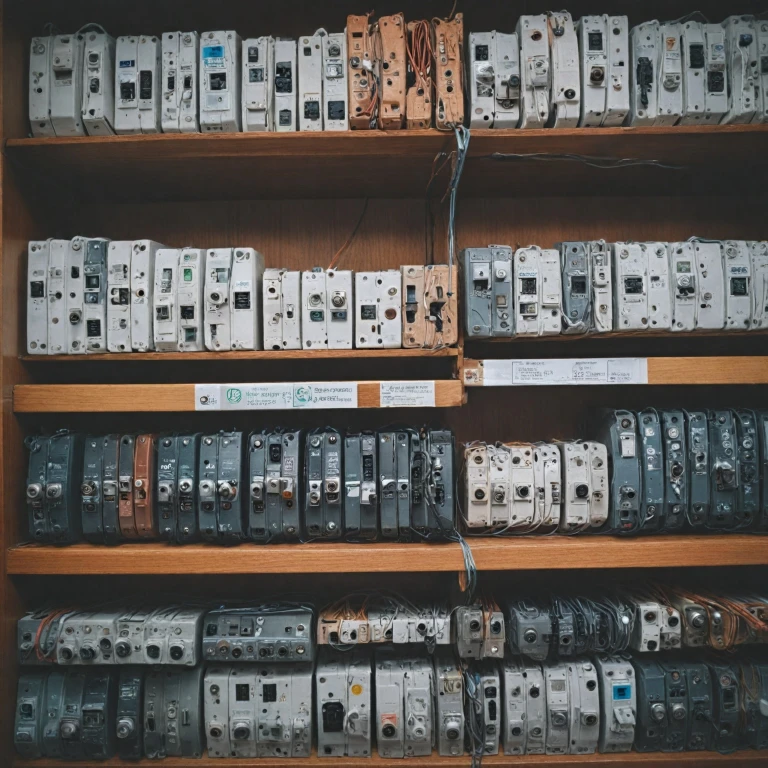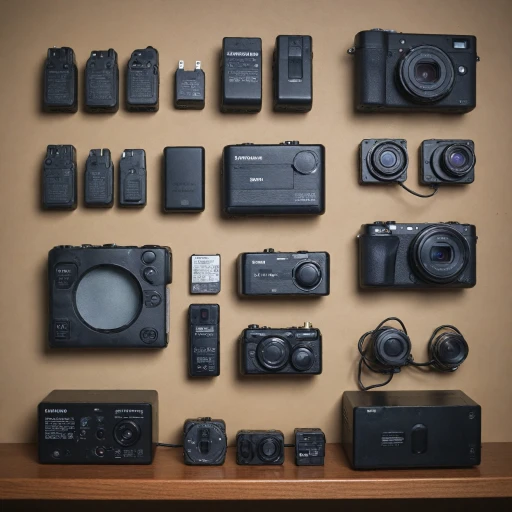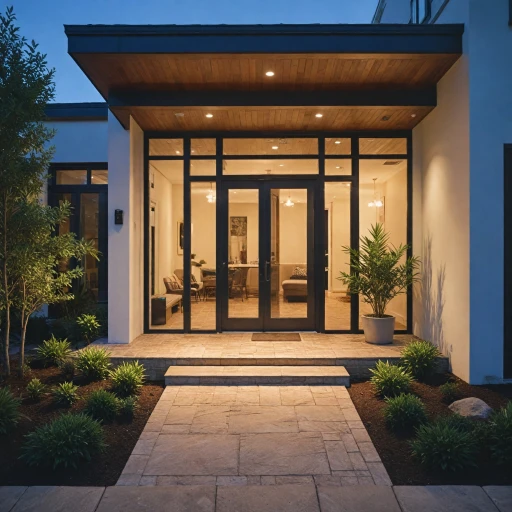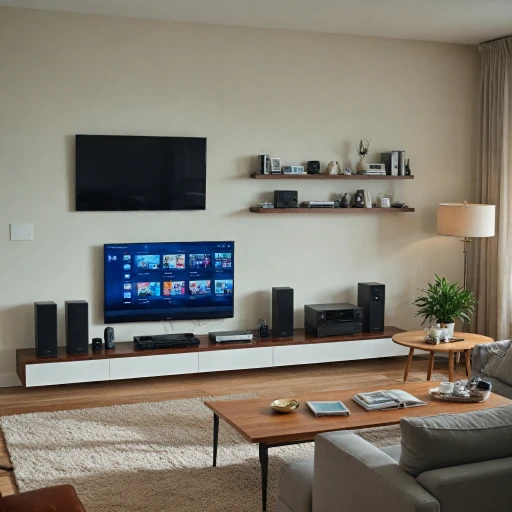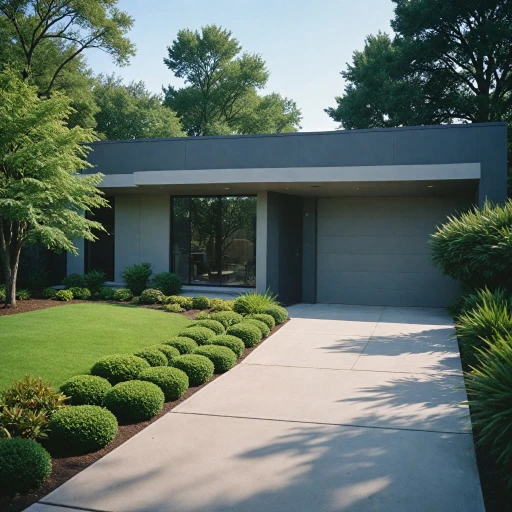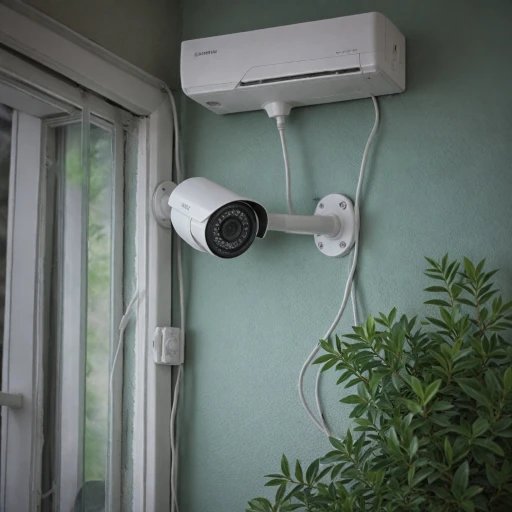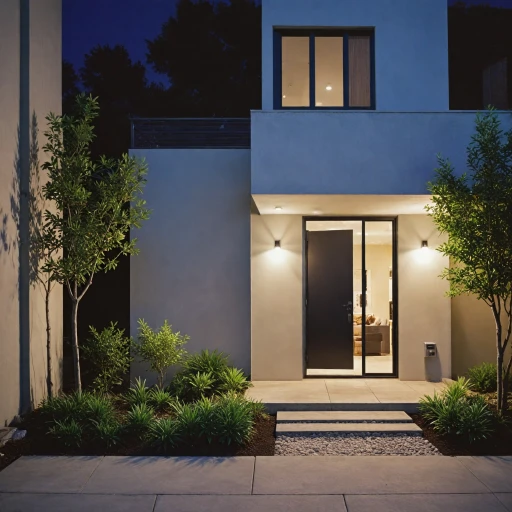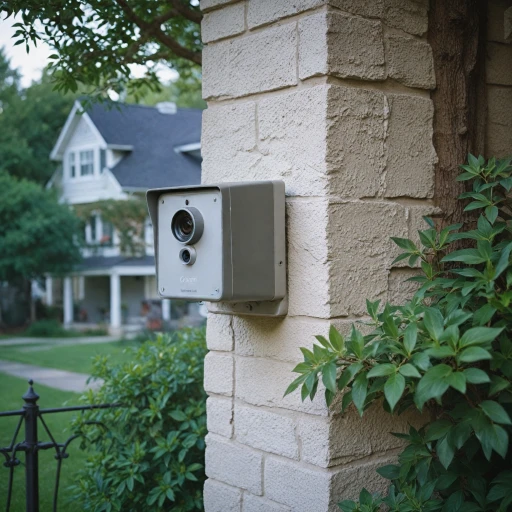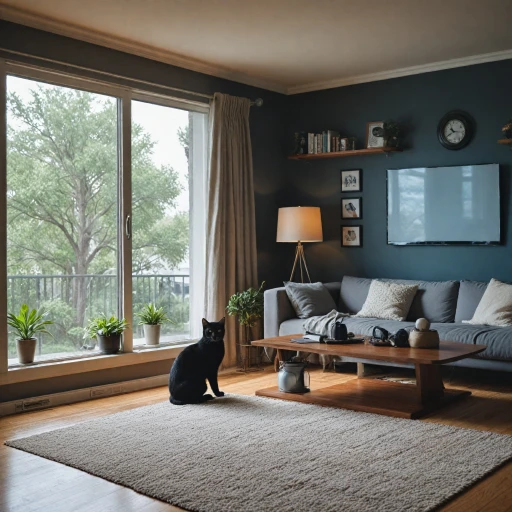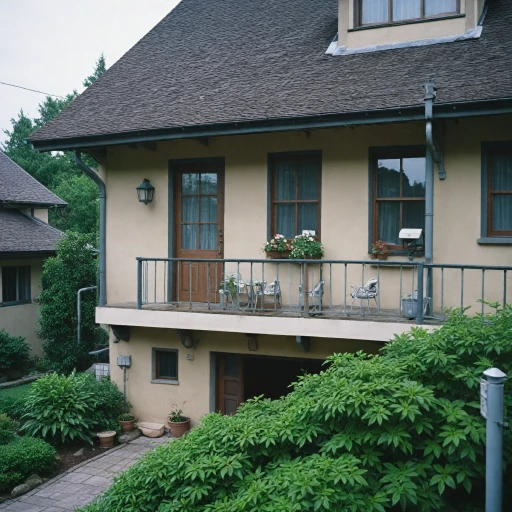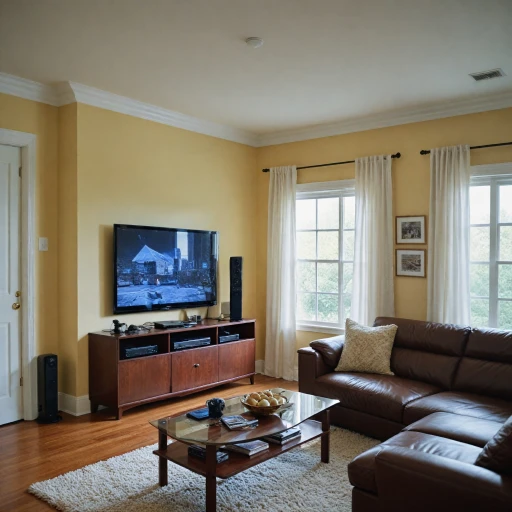Understanding Cable Types for Security Cameras
Exploring Essential Cable Types for Effective Security Systems
When setting up home security cameras, selecting the appropriate cable ensures optimal performance and efficiency. The array of cable types can be bewildering, so understanding their unique characteristics is crucial for your security setup. Among the most commonly utilized cables in security systems are coaxial cables, ethernet cables, and siamese cables. Each type serves a particular function, offering distinct advantages to meet different requirements.- Coaxial Cables: Renowned for their durability and ability to transmit video efficiently. Coaxial cables are typically accompanied by BNC connectors, which help in clear video signal transmission, a critical factor for high-definition video viewing.
- Ethernet Cables: These are frequently used within network-based systems, especially in IP cameras. Ethernet cables, commonly Cat 5 or Cat 6, deliver both data and power through Power over Ethernet (PoE) technology, simplifying the cable setup process.
- Siamese Cables: A versatile option that combines power and video wires. They're particularly beneficial for setups where the cameras are at a significant distance from the power source. For further insight, consider exploring the benefits of using siamese cables.
Factors to Consider When Selecting a Cable
Key Considerations for Selecting Camera Cabling
Choosing the appropriate cable for your home security system is vital to ensure reliable performance and longevity. Here's a list of key factors to compare when determining the best cabling solution for your security cameras:
- Compatibility: Ensure your chosen cable is compatible with your security camera system. For instance, a coaxial cable might work for traditional CCTV cameras, while network or ethernet cables are better for IP cameras.
- Distance: Assess the length required to connect your cameras to the central recording or viewing system. Longer distances often favor certain types of cables, such as cat cables, to maintain video quality.
- Environment: Outdoor installations require cables that can withstand weather conditions. Galvanized or steel cables can resist harsh elements, ensuring your security cameras remain operational in tough weather.
- Installation: Some cables, like siamese cables, integrate both video and power, simplifying setup. Another aspect to consider is the ease of routing cables connectors through walls for a neat finish.
- Power Delivery: Besides transferring video data, consider the power requirements. Video power cables should be rated to handle the electrical load of your security cameras.
- Future-Proofing: Opt for cables that are versatile and allow for future upgrades or additional security camera installations.
- Cost: While it might be tempting to choose the cheapest option, price often reflects the quality, efficiency, and durability of the cable.
In summary, carefully evaluating these factors will help ensure you purchase the right camera cables for your system. For those considering screw-mounted cameras, you can explore enhancing home security with screw-mounted cameras for additional insights.
Advantages of Wired Security Systems
Benefits of Using Wired Security Camera Systems
When it comes to securing your home, the choice between wired and wireless systems can be challenging. Deciding on a wired security camera system offers several distinct advantages that are worth considering.- Superior Signal Stability: Unlike wireless systems, a wired security setup ensures a stable connection with minimal interference. Ethernet cables provide a reliable network to transmit video from multiple security cameras, keeping the footage uninterrupted.
- Enhanced Video Quality: With cables like coaxial and ethernet types, your security camera’s video output remains high-quality. These cables efficiently transmit both video and power, ensuring that your camera's view is clear and crisp.
- Strong Security: Wired connections offer an added layer of security, as they are less prone to hacking compared to their wireless counterparts. This makes them ideal for safeguarding sensitive areas of your home or business.
- Power Over Ethernet (PoE) Options: Installation with Cat5 or Cat6 ethernet cables equipped for PoE allows for both data and power transmission through a single cable. This reduces the need for separate power cables, simplifying your camera cables infrastructure.
- Network Flexibility: Utilizing various cable types, such as siamese cables with BNC connectors, allows for easy integration with existing security systems and scalability if you need to add more cameras in the future.
Installation Tips for Security Camera Cables
Effective Installation Strategies for Home Security Camera Cables
When it comes to setting up your home security system, proper installation of the camera cables is crucial for optimal performance and longevity. Here are some key strategies to follow:- Plan your cable run: Before you begin, map out the path for your security camera wires. Consider possible obstructions and the total length of cable needed. This is vital whether you are using coaxial cable, siamese cable, or specific options like security cable or ethernet cable.
- Secure your cables: To prevent damage or tampering, secure cables with clips or cable locks. For added durability, your coaxial or network cables can be housed in a conduit or protected with a galvanized steel sheath.
- Avoid sharp bends: Sharp bends in any cable, including ethernet or power cables, can result in poor video quality or signal loss. Make gentle curves to maintain the integrity of the signal.
- Use the right connectors: Proper connectors, like BNC connectors for video cable or specialized power connectors, should be used to ensure a stable connection between the security camera and the system.
- Test before finalizing: After wiring, test the cameras’ video feed and power to ensure everything is functioning correctly. This allows you to identify and rectify any issues before permanently securing the cables.
- Consider future upgrades: Install cables with a mind for future expansion. Choosing options like cat cables or video power cables that support higher data rates can be beneficial.
Common Mistakes to Avoid with Security Cables
Avoiding Pitfalls with Security Wiring
When setting up a home security system, it's crucial to avoid common mistakes that many individuals make with camera wiring. Missteps in this process can lead to compromised video quality, connectivity issues, or even system failures. Let's explore some of the prevalent mistakes you should avoid to ensure your security cameras function optimally.
- Underestimating the Importance of Cable Type: Choosing the incorrect type of cable for your security cameras can drastically impact their efficiency. For instance, using coaxial cable when your system requires an ethernet cable or BNC connectors can hinder your cameras’ performance.
- Incorrect Cable Length Estimation: Without precise measurements, you may find your cables are too short, necessitating additional connectors that can cause signal degradation. Always measure and list your requirements carefully.
- Poor Quality Connectors: Opting for low-quality cable connectors can lead to poor signal transmission and power loss. Investing in high-quality connectors and ensuring their compatibility with your network and power systems is essential.
- Ignoring Environmental Factors: Not accounting for environmental influences, like humidity or temperature changes, can affect your security cables. Consider using galvanized steel or steel cables for added protection in outdoor settings.
- Improper Cable Installation: Avoid running cables near items that emit electromagnetic interference or tightly bending cables which can damage their integrity. Additionally, using a cable lock can secure your setup and prevent wear.
Ensuring your security camera system is set up correctly can enhance its longevity and performance. By comparing and choosing the right cables, such as video power cables or siamese cables for combined power and data needs, you can avoid these pitfalls. As always, prioritize knowledgeable decisions when adding items to your cart.
Future-Proofing Your Security System with the Right Cable
Securing Longevity with Future-Proof Installation
To ensure your home security system remains reliable for years to come, it is crucial to select the right cable that not only meets current needs but also anticipates future demands. The choice of cables directly impacts the integrity and durability of your camera surveillance system. Here’s how to keep your setup future-ready:- Consider Cable Quality and Versatility: Opt for high-quality cable materials like coaxial cables specifically designed for security cameras. These are essential for enduring outdoor conditions. Similarly, consider using CAT5 or CAT6 ethernet cables for IP cameras, as they offer greater bandwidth, supporting future technological upgrades.
- Evaluate Power and Data Transmission Needs: Siamese cables, combining video and power into a single run, are a practical solution, streamlining installation and simplifying troubleshooting. Down the line, these cables can still support advancements without needing a complete overhaul.
- Adapt to Technological Changes with Compatible Connectors: Ensure you have the appropriate connectors such as BNC connectors for analog systems or RJ45 connectors for network cables. Such components are vital when expanding or upgrading your system.
- Embrace Scalable Setup Options: Think about future additions to your security ensemble. Having a security cable infrastructure that allows easy addition of more cameras or integration with additional security items is invaluable.
- Stay Updated with Industry Trends: Regularly checking industry updates ensures you're informed about the latest in video power transmission technologies and security systems. Adapting these advances might be as simple as switching from a steel cable to ethernet technologies if network capabilities expand.
